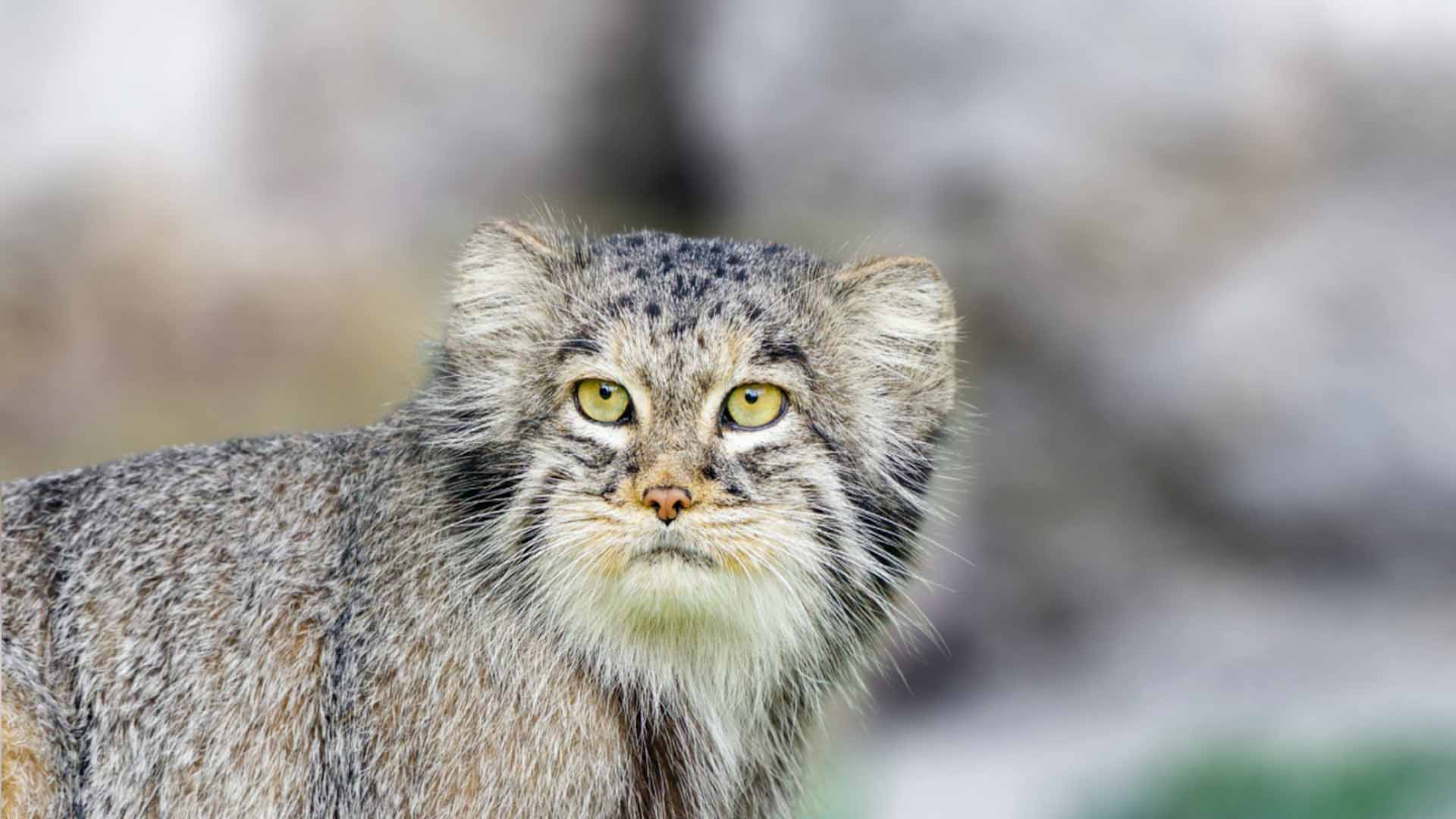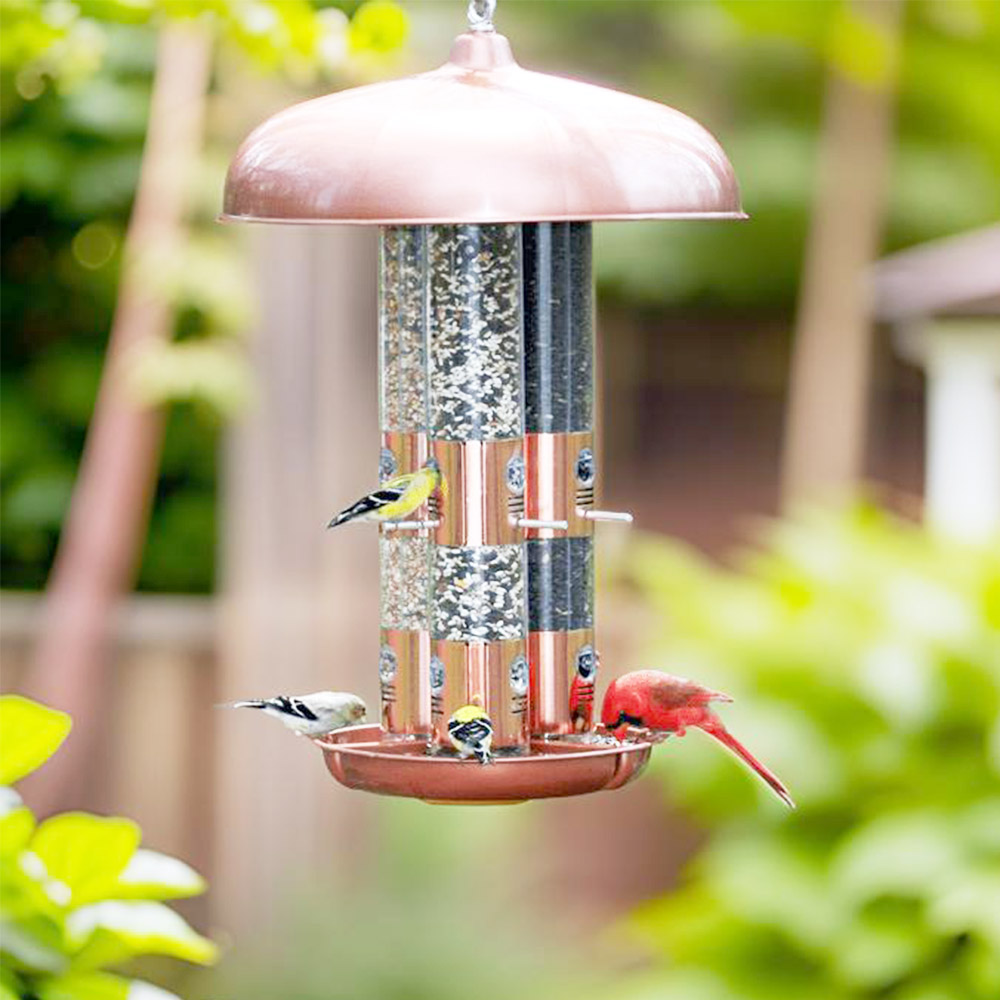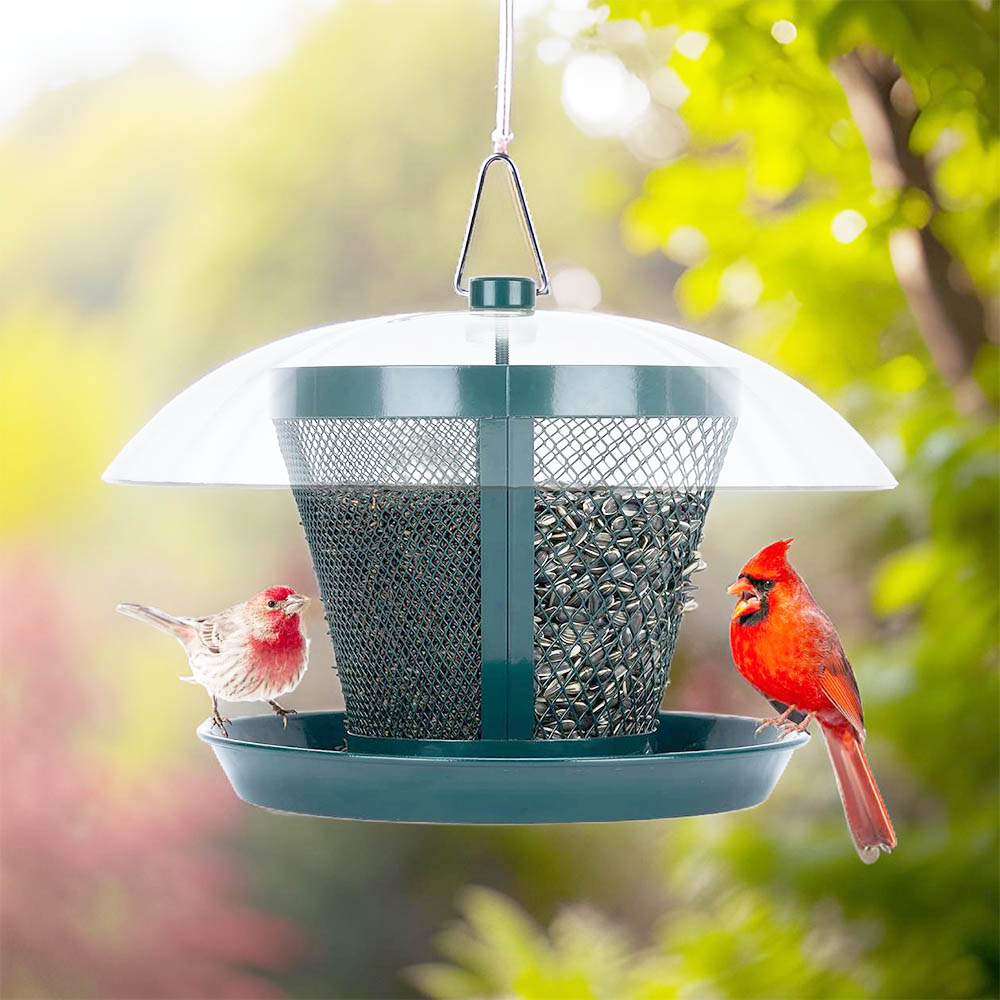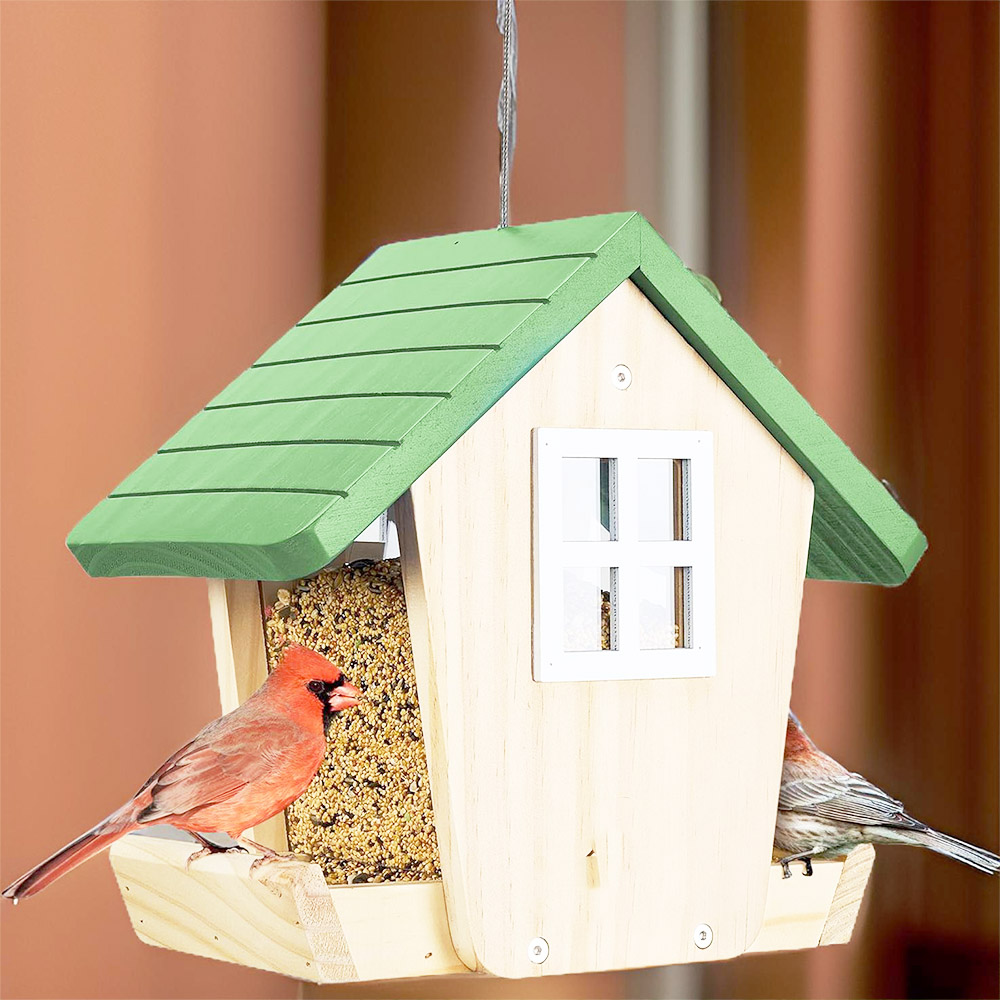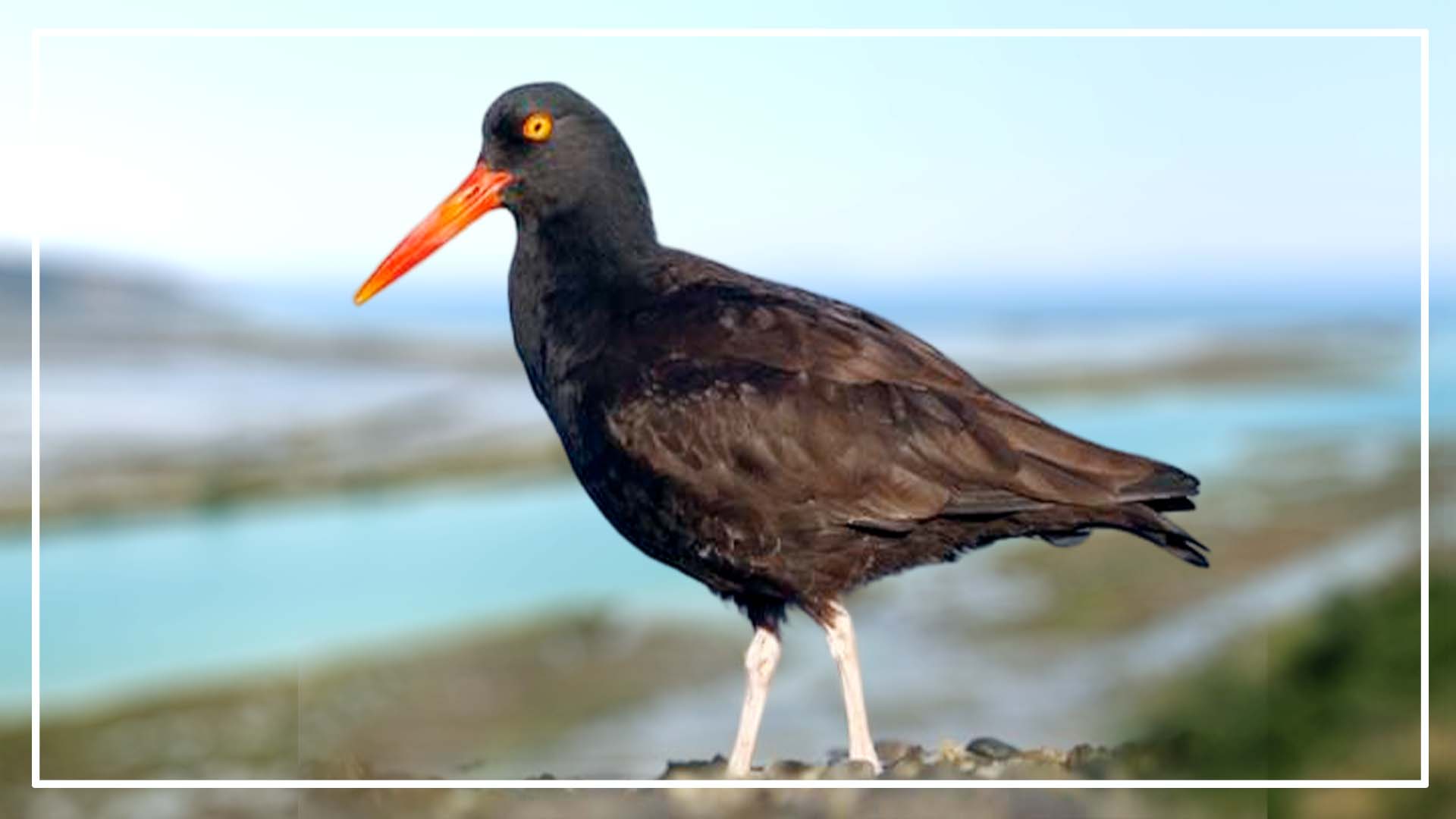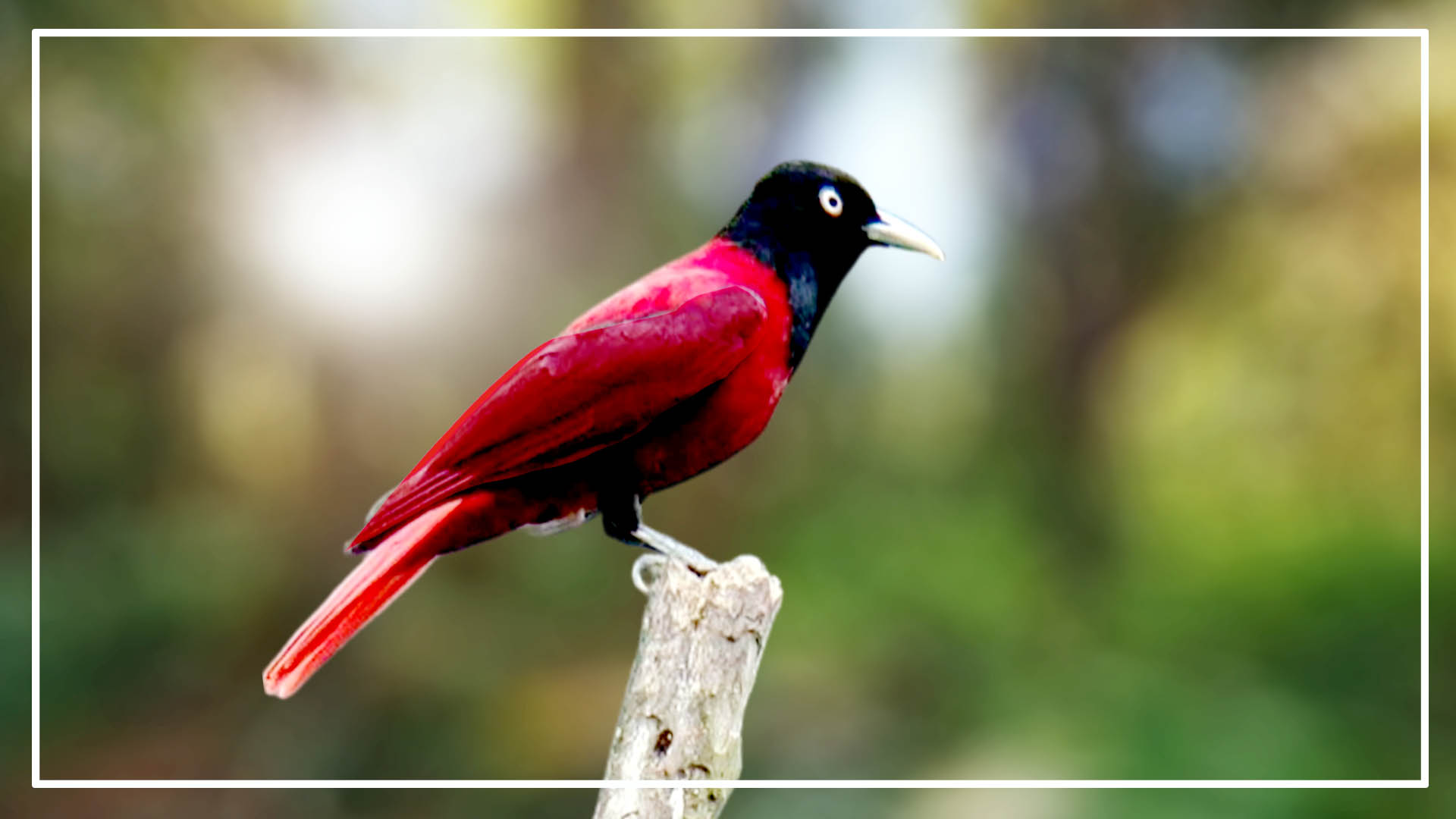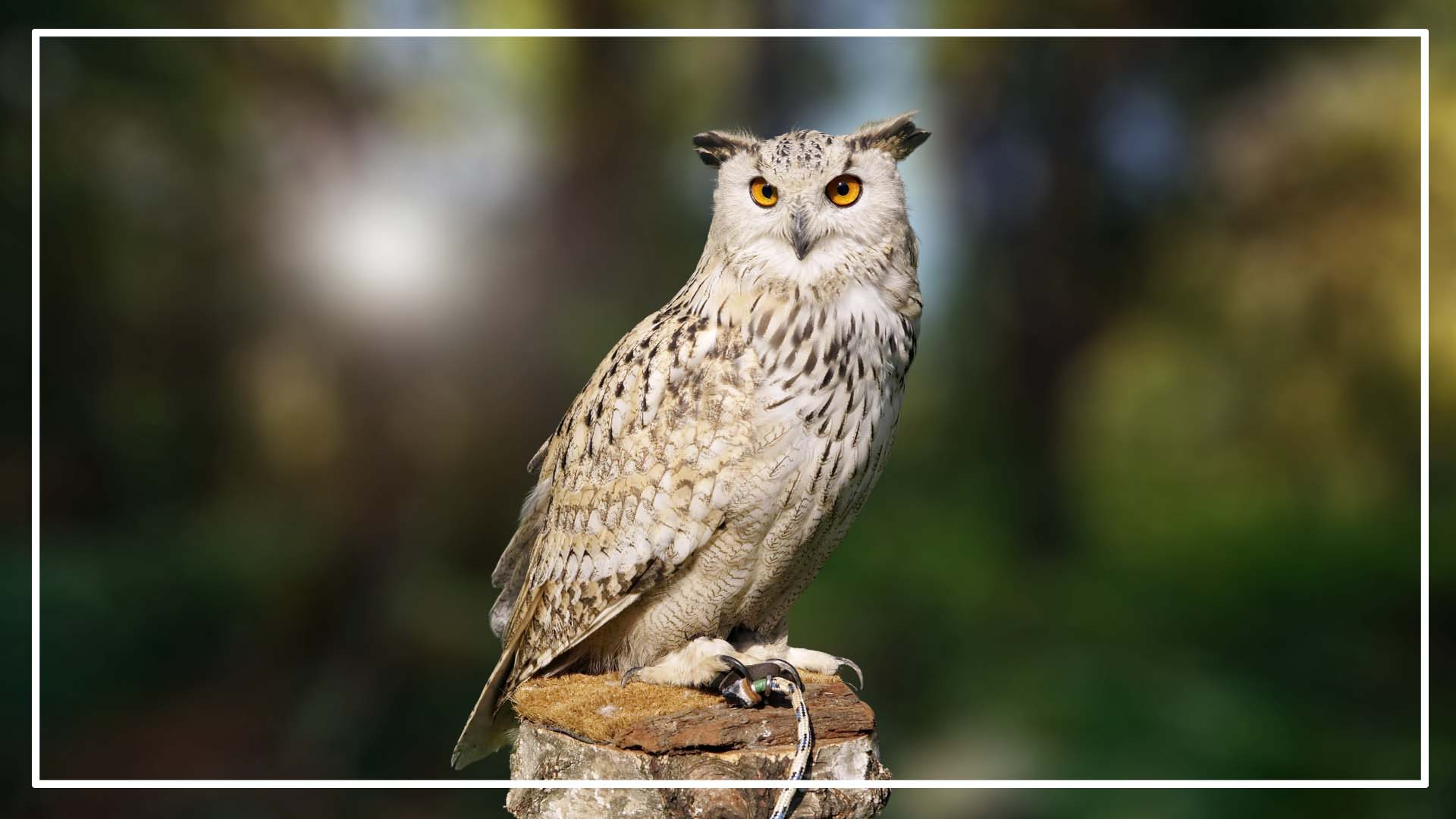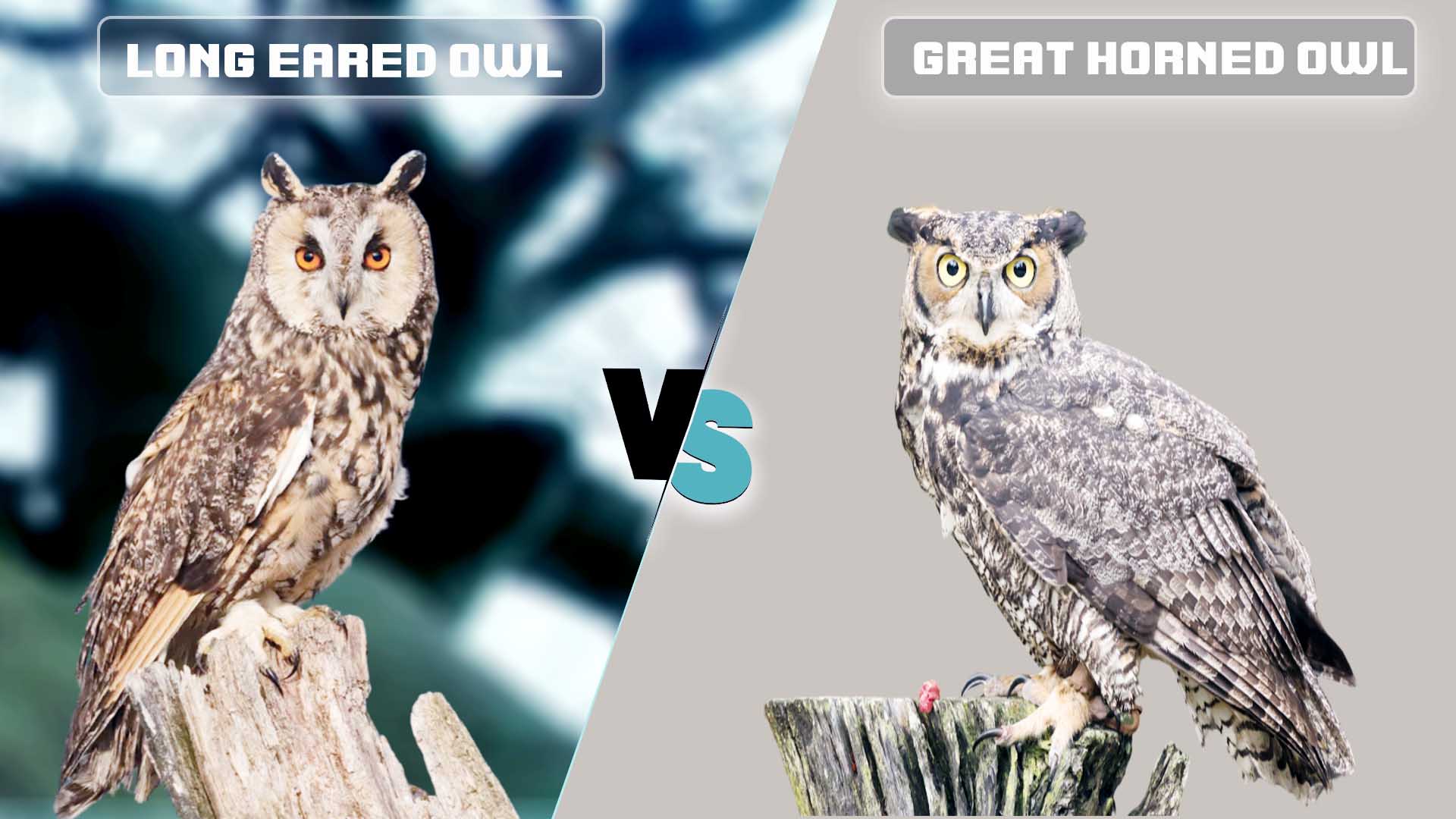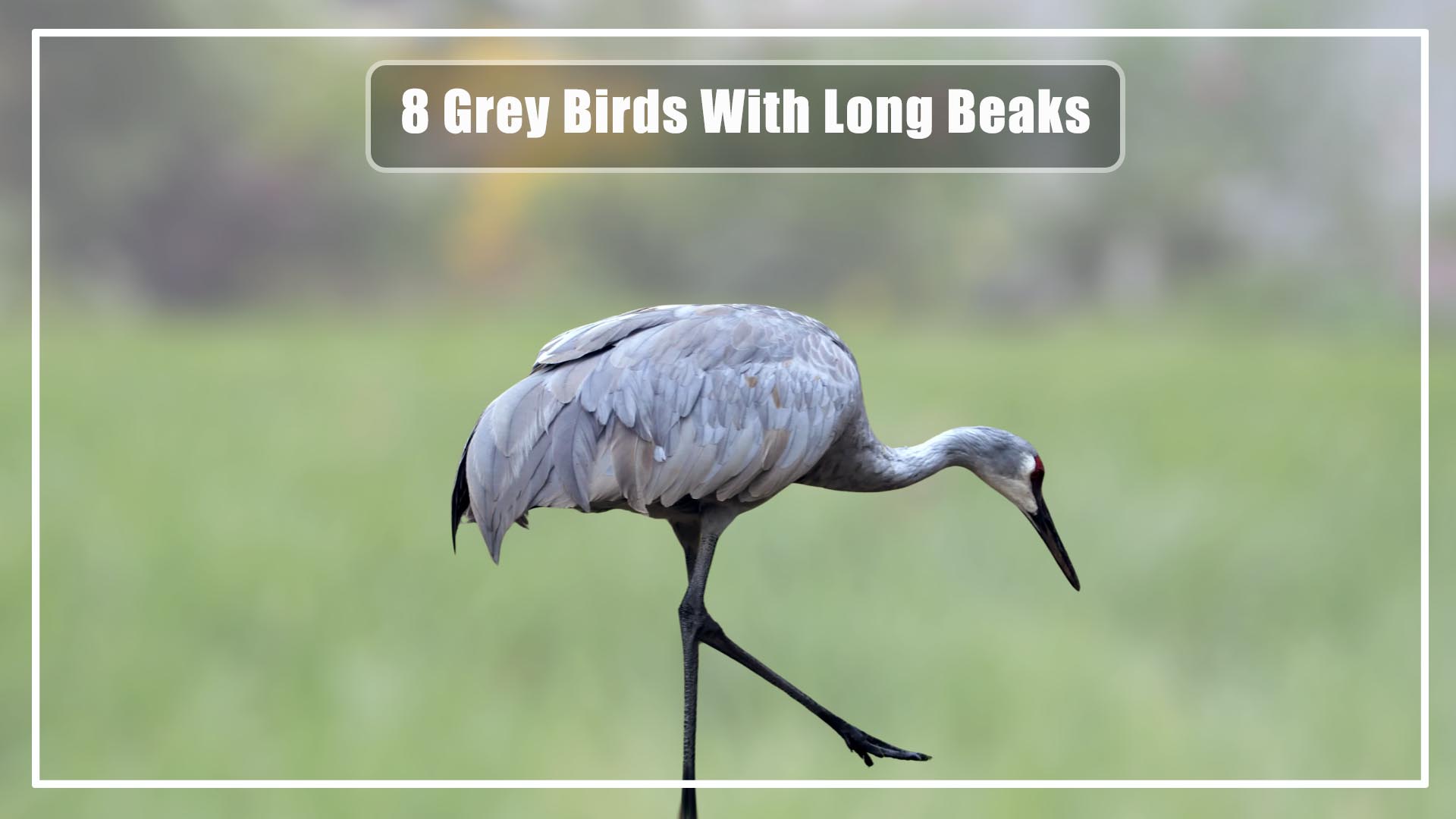The avian world is replete with an astonishing array of species, each possessing unique characteristics that captivate our imaginations. Among these captivating creatures are black birds with long beaks, which exhibit a remarkable combination of body color and beak size
In this article, we will delve into the intriguing features of eight birds. By focusing on their distinctive body color and beak size, we aim to shed light on the diversity and beauty found within this intriguing group of avian species.
Black Bird With Long Beak
There are eight black birds with long beals such as the African Openbill, Black Stork, Toco Toucan, Red-billed Chough, Yellow-throated Toucan, Great Hornbill, Red-naped Ibis, and Black Oystercatcher. These birds showcase a diverse range of body colors, from predominantly black plumage to black feathers adorned with vibrant hues. Their long beaks are specialized tools, enabling them to access food sources such as snails, mussels, insects, fruits, and more.
African Openbill
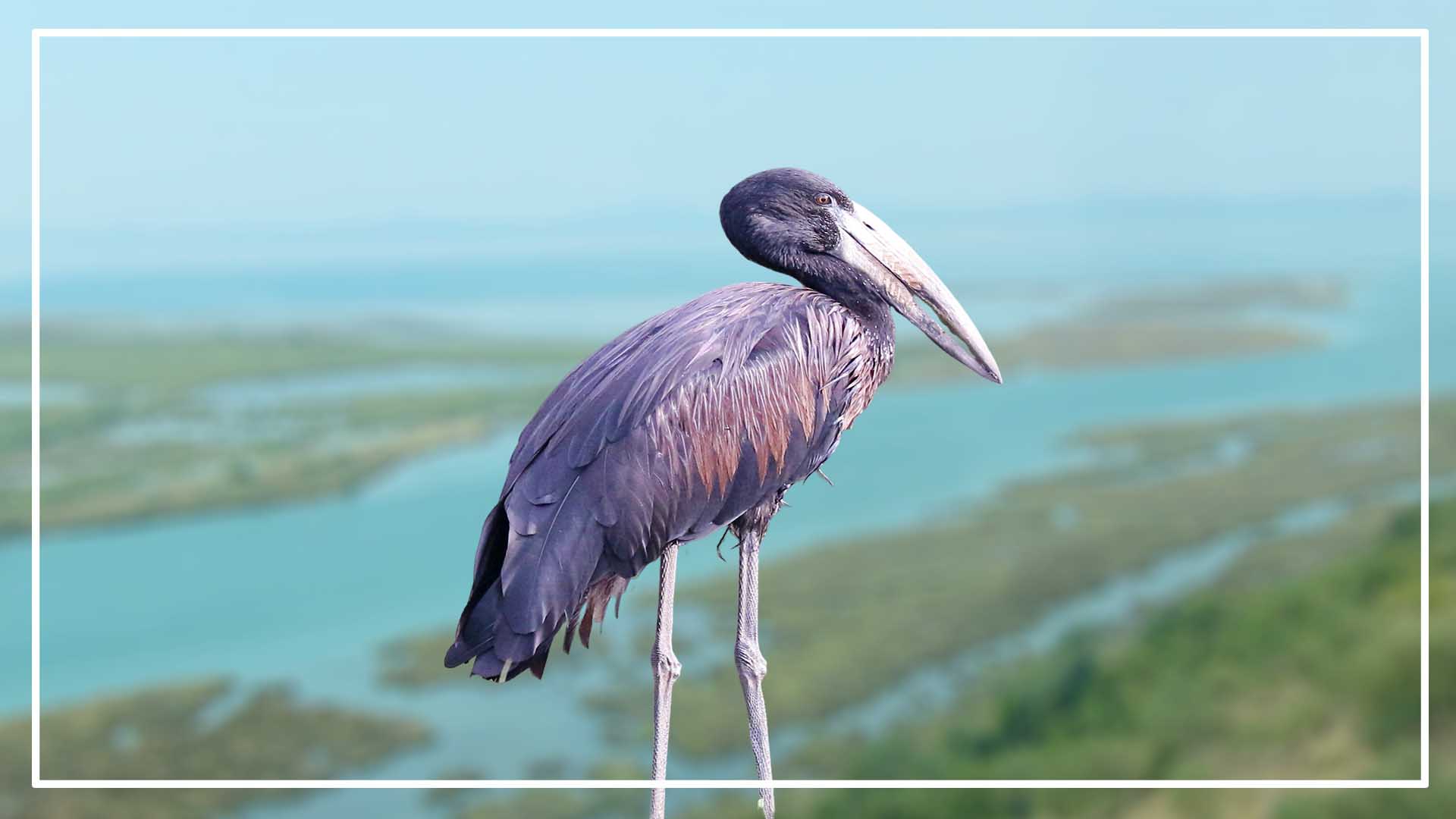
The African Openbill is a black bird with a long beak. Its distinguishing feature is its long, thin beak, which exhibits a noticeable gap near the tip. This specialized beak enables the African Openbill to feed primarily on aquatic snails and mussels, which it extracts from their shells with remarkable precision.
- Lifespan: Approximately 10 to 15 years.
- Body Length: Around 75-85 cm (29-33 inches).
- Body Color: Predominantly black.
- Beak Length: The African Openbill has a distinctive long, thin beak with a noticeable gap near the tip.
Black Stork
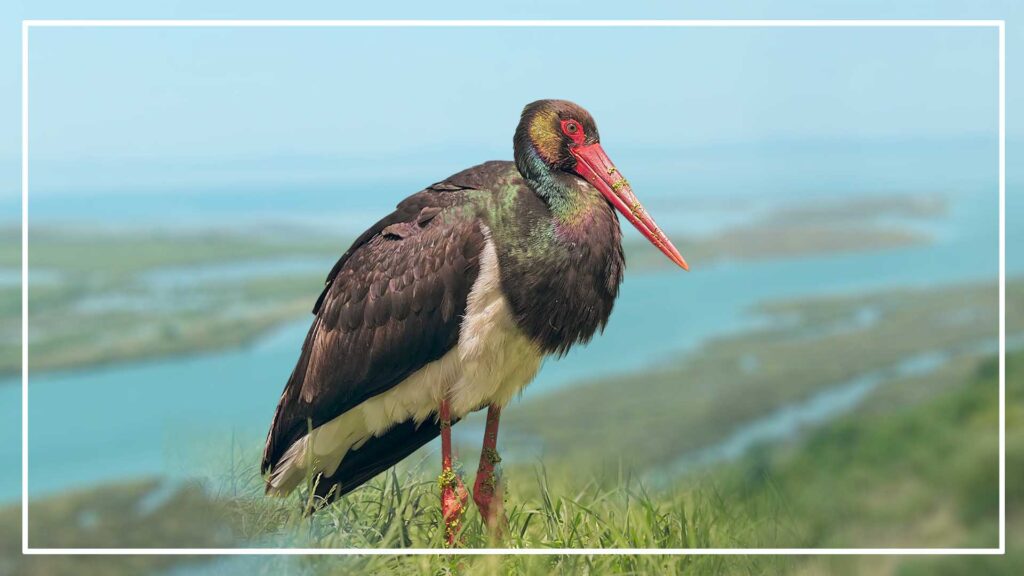
Draped in elegant black feathers, the Black Stork (Ciconia nigra) is a majestic bird renowned for its impressive stature. It has a long beak and body color dark body, helping it capture a variety of prey, including small vertebrates, fish, and amphibians. This species exhibits a fascinating contrast between its black plumage and the vibrant red coloration of its beak and legs.
- Lifespan: Typically 20 to 25 years.
- Body Length: Ranges from 95-100 cm (37-39 inches).
- Body Color: Black plumage with red beak and legs, creating a striking contrast.
- Beak Length: The Black Stork possesses a long and powerful beak.
Toco Toucan
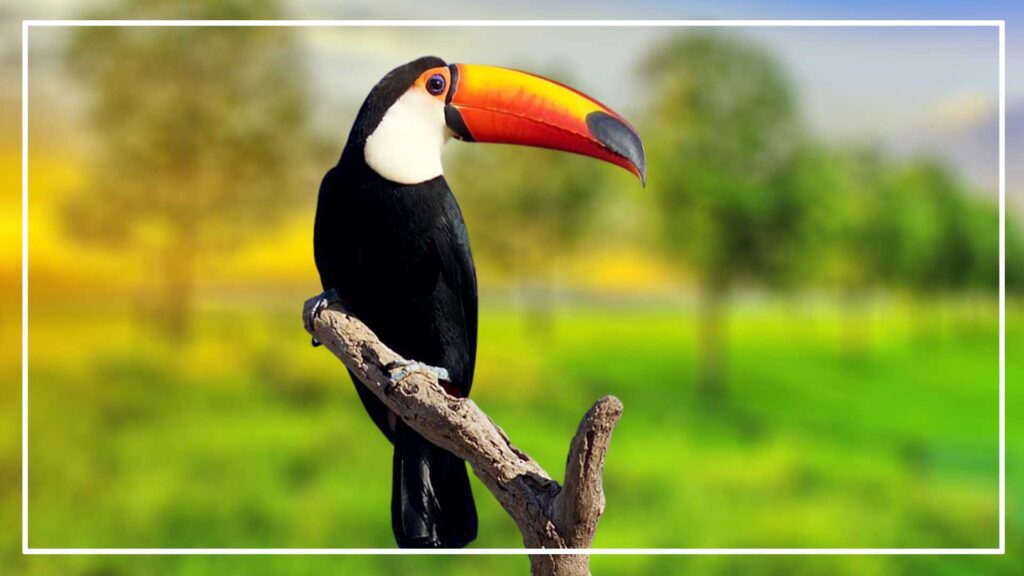
The Toco Toucan is a black bird with a red long beak. Its iconic beak, strikingly large and multicolored, has evolved as both a feeding tool and a display feature. While it may appear heavy, the Toco Toucan’s beak is surprisingly lightweight due to its structure of hollow bones, allowing it to forage on a diverse diet that includes fruits, insects, and even small reptiles.
- Lifespan: Can live up to 20 years in the wild.
- Body Length: Approximately 55-65 cm (22-26 inches).
- Body Color: Predominantly black with vibrant splashes of color, including a large multicolored beak.
- Beak Length: The Toco Toucan is known for its large, distinctive beak, which is relatively long and lightweight.
Red-billed Chough
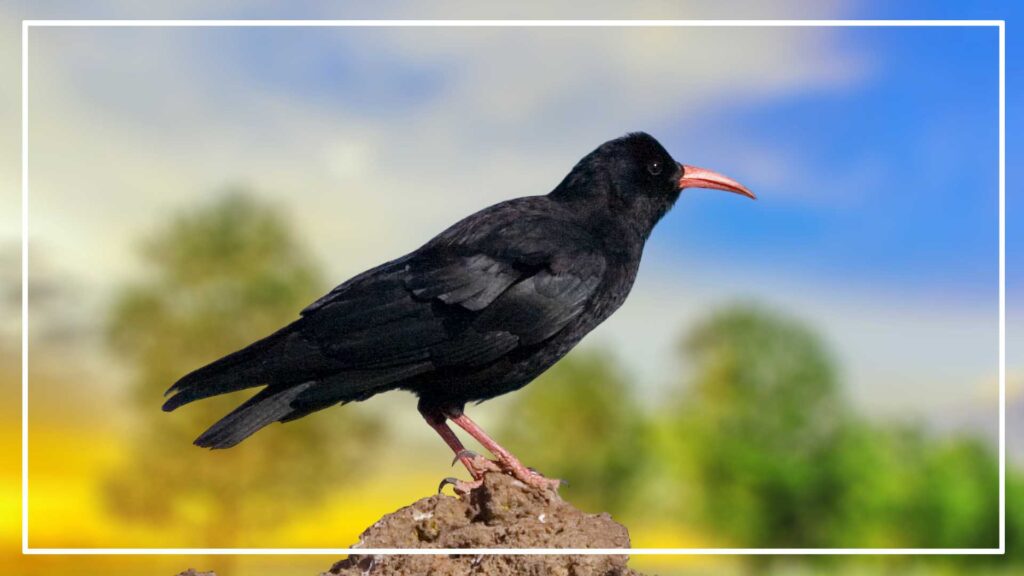
The Red-billed Chough is a black bird with a long beak. Its glossy black plumage and vibrant red beak. This species utilizes its long, slightly curved beak to probe for insects, grubs, and seeds hidden within the rocky crevices of its habitat.
- Lifespan: Can live up to 15 years in the wild.
- Body Length: Measures around 36-40 cm (14-16 inches).
- Body Color: Glossy black plumage with a vibrant red beak.
- Beak Length: The Red-billed Chough possesses a long, slightly curved beak.
Yellow-throated Toucan
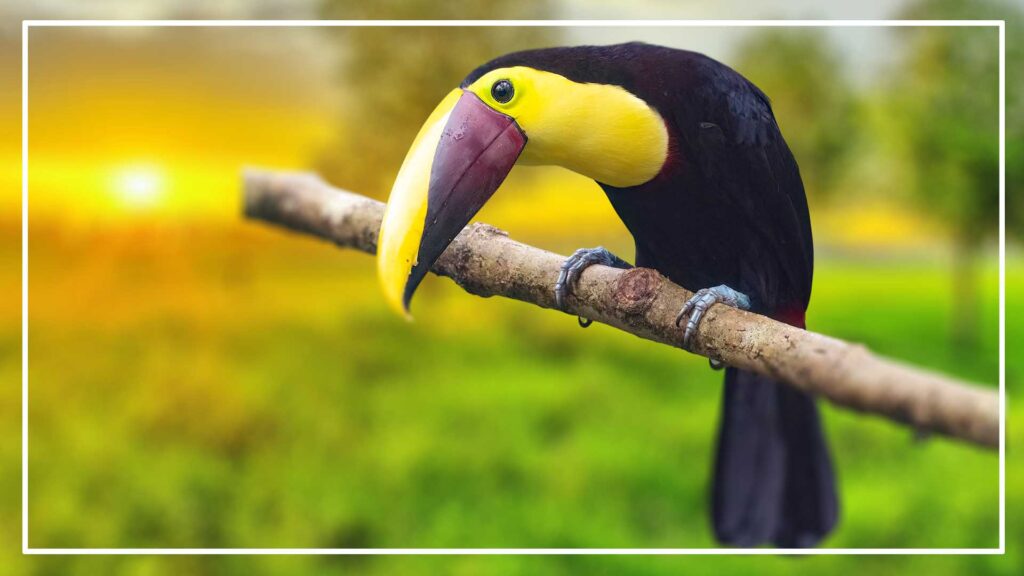
The Yellow-throated Toucan (Ramphastos ambiguus) displays a captivating contrast between its black body and the vibrant yellow feathers adorning its throat. Its long, slender beak, though less prominent than that of its Toco Toucan relative, is still an essential tool for accessing a variety of food sources, including fruits, insects, and small reptiles. The beak’s serrated edges aid in grasping and manipulating food items efficiently.
- Lifespan: Approximately 15-20 years in the wild.
- Body Length: Measures around 55-65 cm (22-26 inches).
- Body Color: Predominantly black with a vibrant yellow throat.
- Beak Length: The Yellow-throated Toucan has a long, slender beak with serrated edges.
Great Hornbill
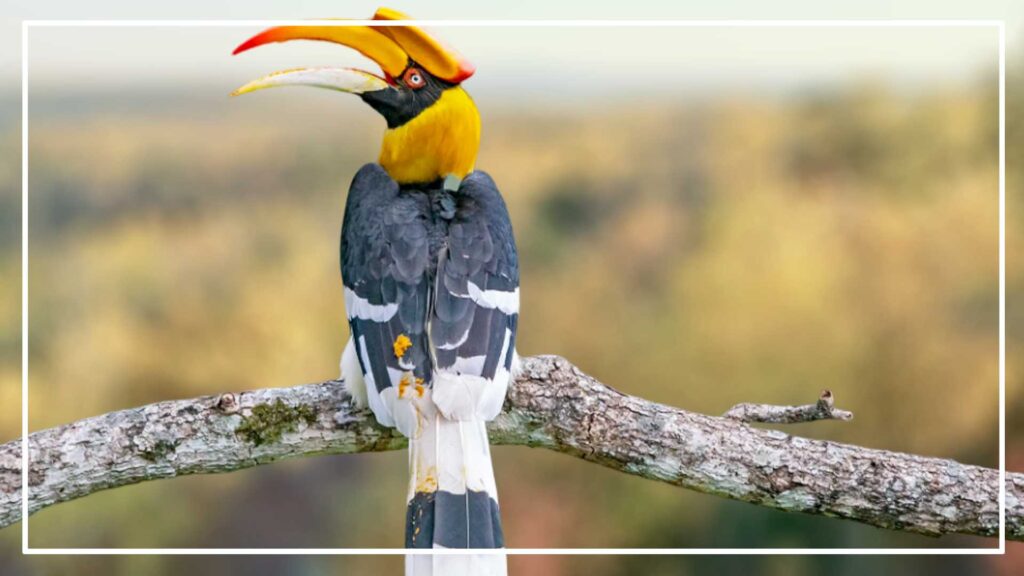
The Great Hornbill is a black bird with a long beak and it is found in forests of Southeast Asia. Its plumage is predominantly black, with striking white feathers adorning its belly. This species possesses an immense, downward-curving beak that lends it a distinctive appearance. The beak’s size and strength make it well-suited for breaking open hard-shelled fruits, while also playing a crucial role in territorial displays and nest construction. You can also know about- Brown Birds With Long Beaks.
- Lifespan: Can live up to 35 years in the wild.
- Body Length: Measures around 95-120 cm (37-47 inches).
- Body Color: Predominantly black with white feathers on the belly.
- Beak Length: The Great Hornbill possesses a large, downward-curving beak.
Red-naped Ibis
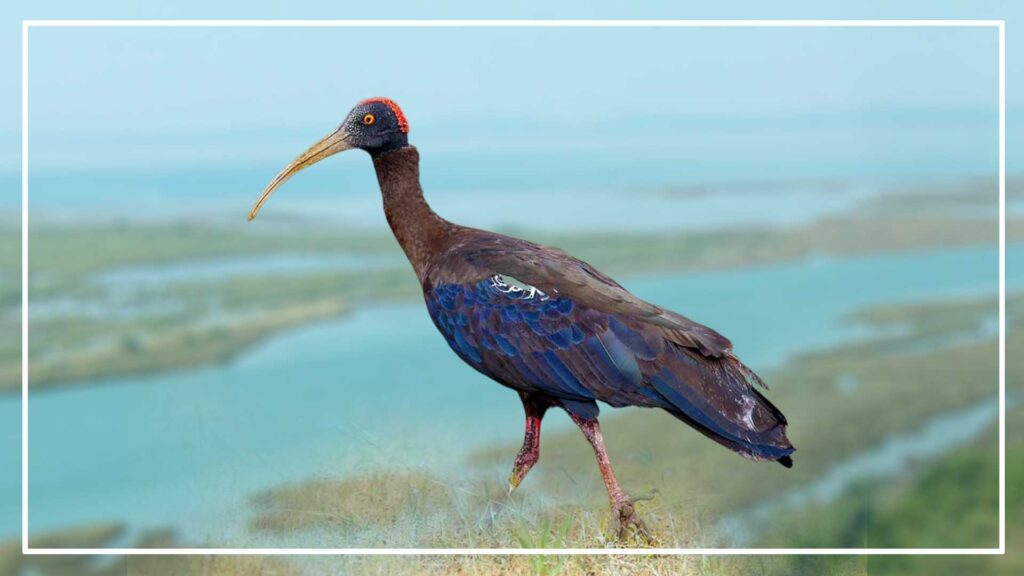
The Red-naped Ibis is a long beak bird with a black body and its found in parts of Southeast Asia. It sports a glossy black body with a distinctive reddish-brown nape, adding a touch of color to its appearance. Its long, slender beak allows for efficient probing in the soft mud, where it feeds on a variety of invertebrates, including insects, crustaceans, and worms.
- Lifespan: Typically 10-15 years in the wild.
- Body Length: Measures approximately 70-85 cm (28-33 inches).
- Body Color: Glossy black body with a reddish-brown nape.
- Beak Length: The Red-naped Ibis has a long, slender beak for probing in the mud.
Black Oystercatcher
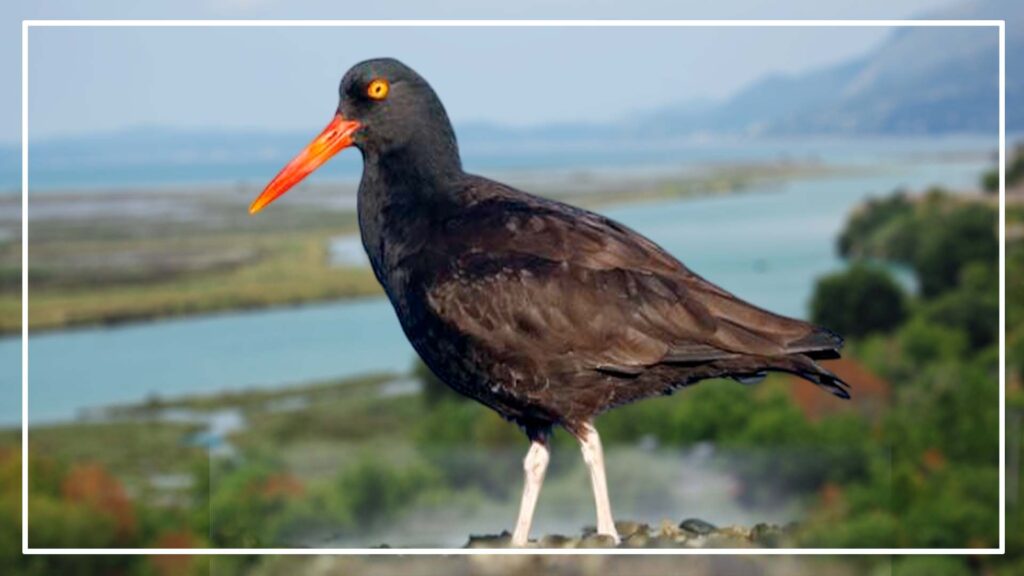
The Black Oystercatcher is a black bird with a yellow long beak and it is found in North America. With its entirely black plumage and strikingly long, stout beak, this bird stands out among its surroundings. The beak’s length and strength enable it to pry open mollusks and forage on intertidal creatures like mussels and limpets.
- Lifespan: Can live up to 20 years or more.
- Body Length: Measures around 40-50 cm (16-20 inches).
- Body Color: Entirely black plumage.
- Beak Length: The Black Oystercatcher possesses a long and stout beak for prying open mollusks.
FAQ
What is the bird with a long beak called?
Birds with long beaks belong to various species, including toucans, herons, ibises, curlews, and certain woodpeckers. These species have evolved their long beaks for specific purposes such as feeding on fruits, probing into soil or tree bark for insects, or capturing small aquatic prey.
What bird has a black beak?
Numerous bird species possess black beaks, ranging from crows, ravens, and blackbirds to black storks, black oystercatchers, and black skimmers. The color of a bird’s beak often serves as an adaptation that suits its feeding habits and ecological niche.
What is a black and white bird with a long beak?
One black and white bird with a long beak is the Black and White Magpie (Pica pica). This species is known for its striking black and white plumage and a relatively long beak. Another example is the Black-necked Stilt (Himantopus mexicanus), a shorebird with distinctive black and white coloration and a long, thin beak adapted for foraging in wetland habitats.
What is a black bird with a long beak in Colorado?
In Colorado, a black bird with a long beak that can be observed is the Black-billed Magpie (Pica hudsonia). These intelligent and social birds feature a black body, black beak, and white markings on their wings and belly. With their long, sturdy beaks, they are capable of a diverse diet, including insects, small mammals, fruits, and carrion.
Conclusion:
The world of black birds with long beaks is a captivating realm of diversity and beauty. From the sleek African Openbill to the powerful Black Stork, and the iconic Toco Toucan to the resilient Black Oystercatcher, each species exhibits its own unique combination of body color and beak size. Exploring these remarkable features helps us appreciate the evolution and adaptability of these birds and underscores the importance of preserving their habitats to ensure their continued existence for generations to come.
